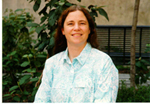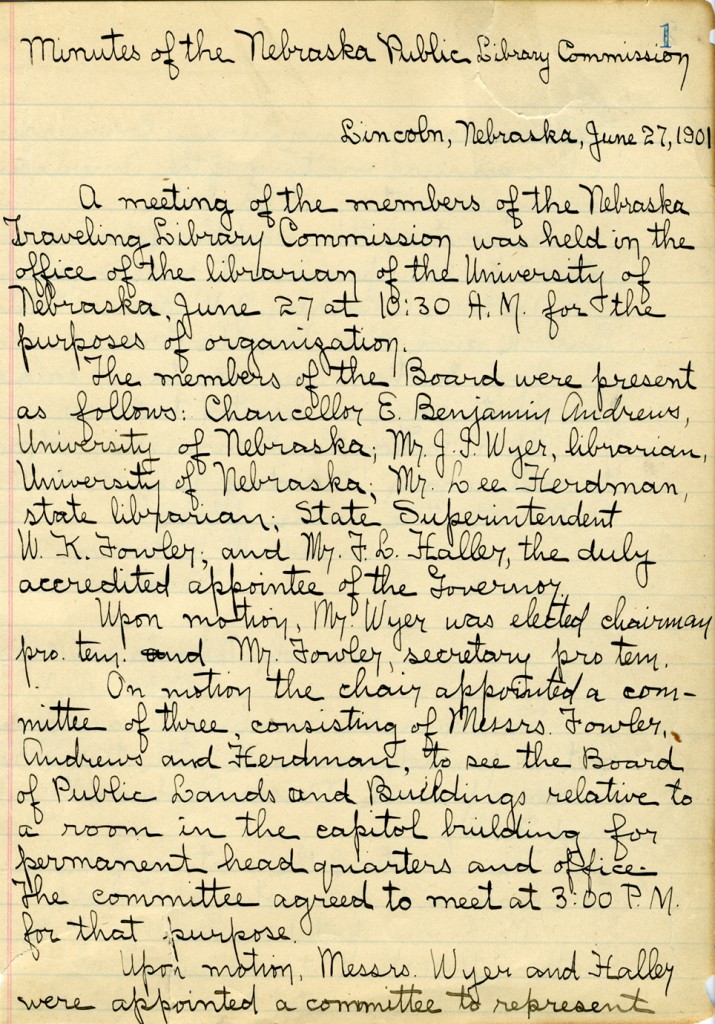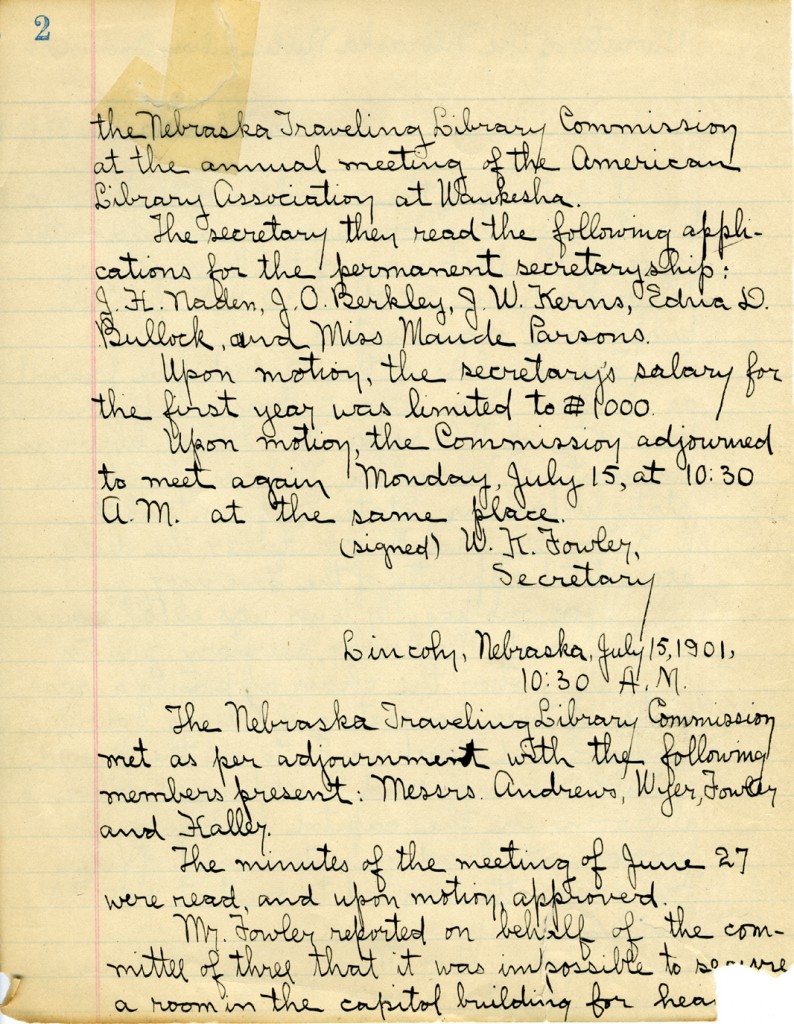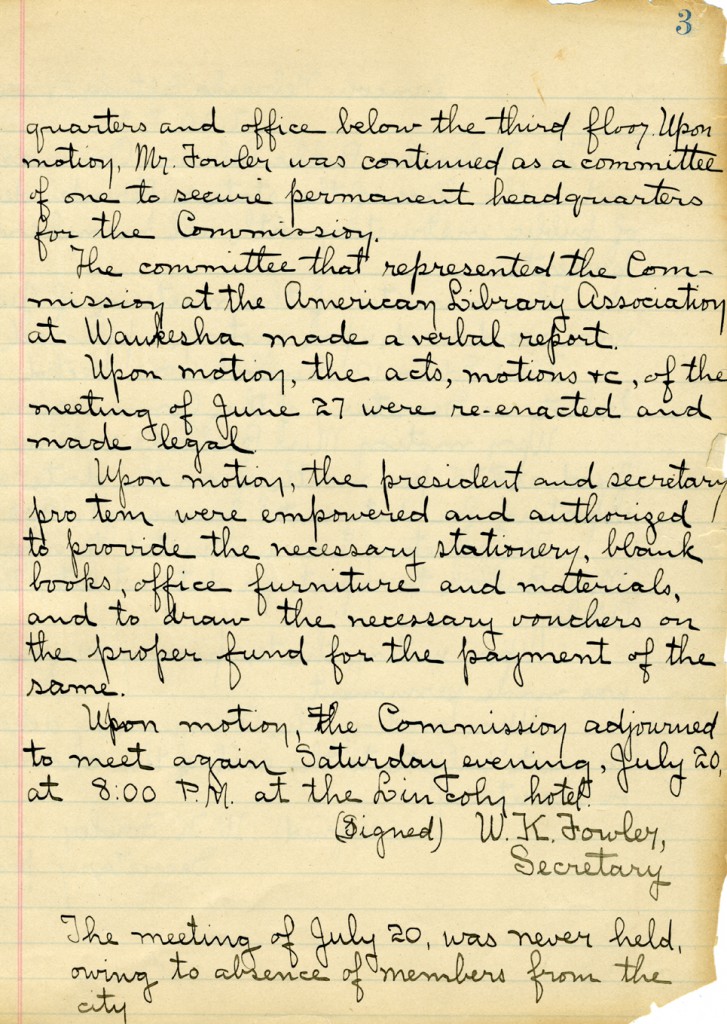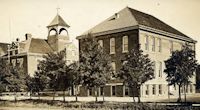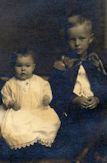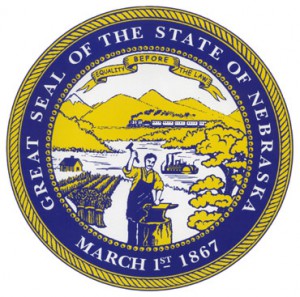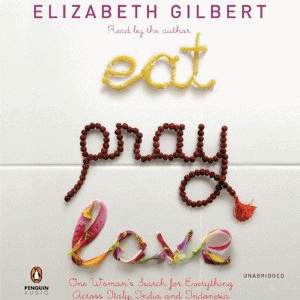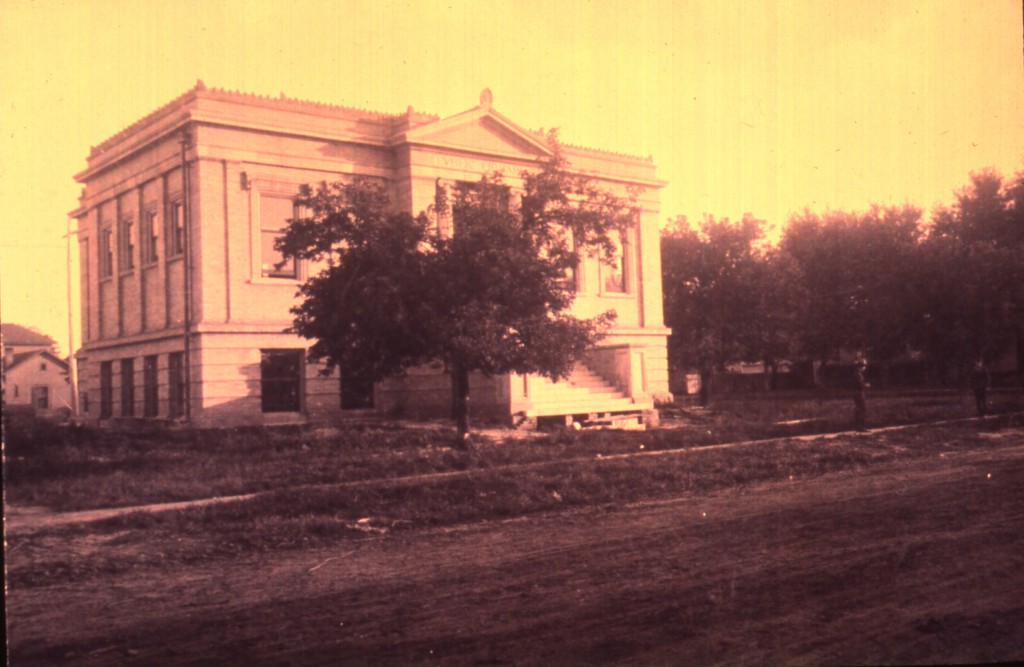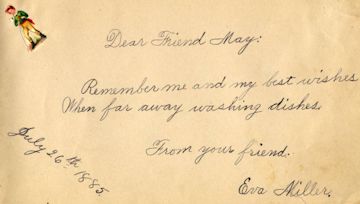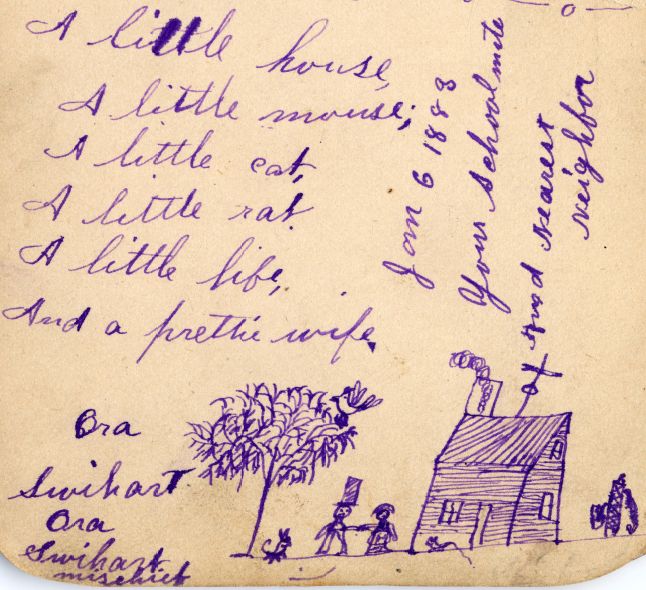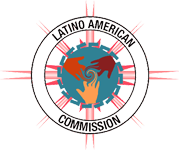 Librarians across Nebraska are encouraged to share the information below with the youth of Nebraska and to inspire them to enter the 2014 Hispanic Heritage Month Essay Contest. Each year Nebraskans observe National Hispanic Heritage Month from September 15 to October 15, by celebrating the histories, cultures and contributions of American citizens whose ancestors came from Spain, Mexico, the Caribbean and Central and South America.
Librarians across Nebraska are encouraged to share the information below with the youth of Nebraska and to inspire them to enter the 2014 Hispanic Heritage Month Essay Contest. Each year Nebraskans observe National Hispanic Heritage Month from September 15 to October 15, by celebrating the histories, cultures and contributions of American citizens whose ancestors came from Spain, Mexico, the Caribbean and Central and South America.
The day of September 15 is significant because it is the anniversary of independence for Latin American countries Costa Rica, El Salvador, Guatemala, Honduras and Nicaragua. In addition, Mexico and Chile celebrate their independence days on September 16 and September 18, respectively. Also, Columbus Day or Día de la Raza, which is October 12, falls within this 30-day period. Please consider setting up a materials display in your library and/or other promotional activities to help you engage with your community.
2014 Hispanic Heritage Month Essay Contest
For our theme, we have chosen quotes from two influential Hispanic leaders: Jaime Escalante and Frida Kahlo. Please choose one of the quotes below and tell us what their words mean to you:
Jaime Escalante: Educator – “One of the greatest things you have in life is that no one has the authority to tell you what you want to be. You’re the one who’ll decide what you want to be. Respect yourself and respect the integrity of others as well. The greatest thing you have is your self-image, a positive opinion of yourself. You must never let anyone take it from you.”
Frida Kahlo: Artist – “I used to think I was the strangest person in the world but then I thought there are so many people in the world, there must be someone just like me who feels bizarre and flawed in the same ways I do. I would imagine her, and imagine that she must be out there thinking of me too. Well, I hope that if you are out there and read this and know that, yes, it’s true I’m here, and I’m just as strange as you.”
PRINT FRIENDLY COPY OF THE GUIDELINES
ESSAY: When writing your essay, please answer one or more of these questions: Both quotes deal with self-reflection. How does your heritage and culture reflect who you are as a person? How has society or current events impacted your self-image as an ethnically diverse individual? What do Frida’s or Jaime’s words mean to you and have they influenced your opinion of Hispanic Heritage Month?
ELIGIBILITY: The contest is open to Nebraska students of all ethnicities and backgrounds currently enrolled in a Nebraska public, private or magnet school (grades 6 – 12). Entries are welcome in English or Spanish and must be submitted with an entry form (see attachment)
RULES: Essay content must be original, typed or legibly handwritten, and double spaced. The word length is 250 – 400 words for middle school students and 500 – 700 words for high school students. The Hispanic Heritage Month State Planning Committee reserves the right to disqualify submitted essays that contain offensive language, political messages, and derogatory statements. A blind jury will judge the essays based on writing style, grammar, content and cohesion to the theme.
AWARDS: Cash prizes, certificates, Kindle Nooks, and McDonald’s gift cards will be given to six winners. Winning students will be recognized at the Hispanic Heritage Month State Commemoration, scheduled for October 10, 2014 at the Nebraska State Capitol Building in Lincoln. First place winners will be asked to read their essay at the Commemoration and McDonald’s will publish first place winning essays on their tray liners. The Commission reserves the right to edit essays for fitting purposes.
SUBMISSION: All essays due by Thursday, September 18, 2014 at 5:00 p.m. Essays and entry forms may be submitted by email, preferably as a PDF, to Jasel.Cantu@nebraska.gov, via fax at 402-471-4381 or mailed to:
Nebraska Latino American Commission
Hispanic Heritage Month Essay Contest
P.O. Box 94965
Lincoln, NE 68509-4965
EDUCATORS/LIBRARIANS: For background information and teaching tools on Hispanic Heritage Month, Jaime Escalante and Frida Kahlo, visit the links below:
Hispanic Heritage Month: For teaching materials on Hispanic Heritage Month with links to the Smithsonian, Library of Congress, and more, click here.
Jaime Escalante (1930-2010) was a high school math educator from Bolivia of Aymara ancestry. He achieved fame after introducing and teaching AP Calculus at Garfield High School in Los Angeles, CA in 1978. His students would go on to ace AP Calculus and helped build an exceptional Advanced Placement program in the school. At the height of his influence, Garfield High School graduates would go on to attend the University of Southern California in more numbers than all graduates from the working-class East Los Angeles area combined.
For library and classroom-friendly teaching material, educational videos with interviews, and background information on educator Jaime Escalante, click here. Recommended 1988 film “Stand and Deliver” on Jaime Escalante starring Edward James Olmos, family friendly, rated PG. View trailer.
Frida Kahlo (1907-1954) was a Mexican artist of German and Indigenous ancestry from Mexico City. Her artwork was among the first to include Mexican and Indigenous culture, tradition, and religion. She is also known as the wife of painter Diego Rivera and was influential in his art as well. She is the first contemporary Mexican artist to have artwork displayed at the Louvre in Paris. Her artwork would come to influence modern art and bring attention to the culture and art of Mexico.
For classroom-friendly teaching material, lesson guides, suggested class activities, and background information, click here. Recommended PBS Documentary: “The Life and Times of Frida Kahlo” is also available for free viewing online. NOTE: It is recommended that librarians and educators view the film and observe Kahlo’s paintings first and decide which elements to present in class as a conflicting yet contiguous mix of politics, social unrest, and cross-cultural elements influenced her art and life. For recommended sections of the film with corresponding classroom lessons, click here. A Parent’s Guide and Teacher’s Guide are available for the film from NET and PBS.
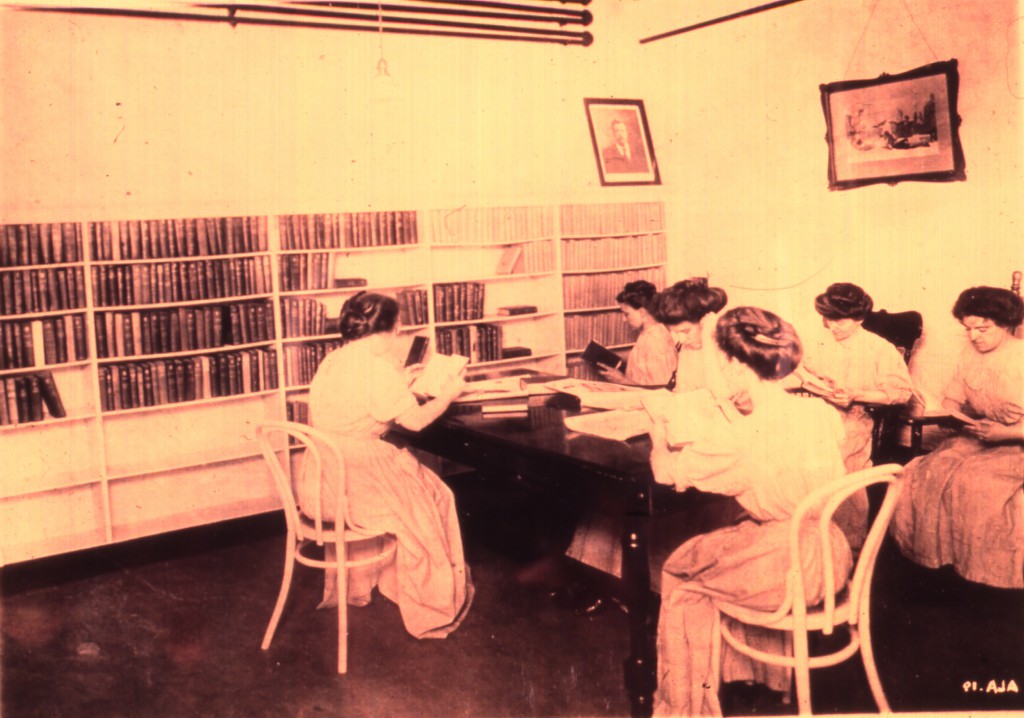


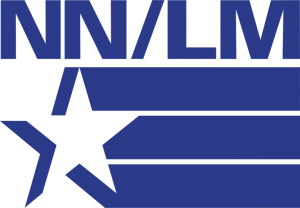 The National Network of Libraries of Medicine, MidContinental Region (NN/LM MCR), under contract with the
The National Network of Libraries of Medicine, MidContinental Region (NN/LM MCR), under contract with the 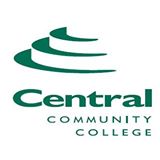
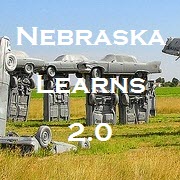 The Nebraska Learns 2.0 Thing for August is
The Nebraska Learns 2.0 Thing for August is  Join us for next week’s NCompass Live: “#SVYALit Project: Using Young Adult Literature to Talk with Teens About Sexual Violence and Consent”, on Wednesday, August 6, 10:00-11:00 am Central Time.
Join us for next week’s NCompass Live: “#SVYALit Project: Using Young Adult Literature to Talk with Teens About Sexual Violence and Consent”, on Wednesday, August 6, 10:00-11:00 am Central Time. Have you listened to the NCompass Podcast lately? Here are the episodes from July 2014. To get all of the episodes delivered to you automatically be sure to subscribe via
Have you listened to the NCompass Podcast lately? Here are the episodes from July 2014. To get all of the episodes delivered to you automatically be sure to subscribe via 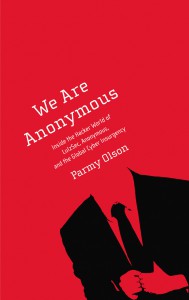 Ever wonder about the people and the technology behind such groups as Anonymous and LulzSec? Are these folks in it for the fun, or are they in it to change the world? Find out in the wonderfully entertaining book by Parmy Olson.
Ever wonder about the people and the technology behind such groups as Anonymous and LulzSec? Are these folks in it for the fun, or are they in it to change the world? Find out in the wonderfully entertaining book by Parmy Olson.